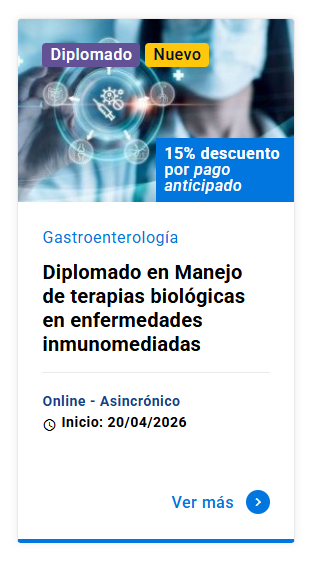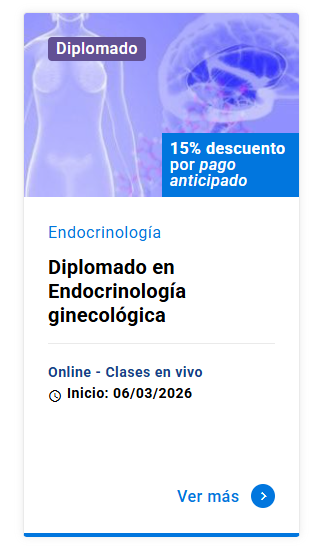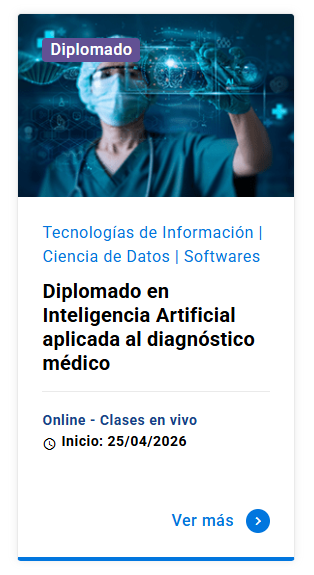Infected transcartilaginous ear piercings. A case report and review of the literature.
DOI:
https://doi.org/10.11565/arsmed.v44i2.1550Palabras clave:
ear piercing, perichondritis, transcartilaginous ear perforations, pseudomonas infections.Resumen
Background: transcartilaginous perforations have become a prominent practice among adolescents and young adults in recent years, which are associated with an increased risk of complications since it is frequently performed without sterile technique and by unqualified individuals. The transgression of the integrity of the skin and cartilage of the ear favors infections such as cellulitis, chondritis, perichondritis or abscesses that can cause serious deformities. Methods: we present a clinical case compatible with a perichondritis secondary to ear perforations with three abscesses.
Results: the three abscesses were drained with sterile technique and successfully managed with outpatient antibiotic treatment. In relation to the pathophysiology, the trauma in the auditory pavilion produces the extraction of the adjacent perichondrium, causing devascularization of the cartilage and microfractures, which together with the transgression of the skin, increase the susceptibility to infection. In addition, subpericardial bleeding and inflammatory reaction decrease the blood supply, which limits the immune response and the effectiveness of antibiotics. In some cases, incision and drainage are required. The signs of perichondritis include pain, swelling, and erythema of the skin. Clinically, perichondritis can be differentiated from cellulitis of the pinna, in that the first usually does not involve the earlobe. The fluctuating swelling leads us to an abscess. Conclusions: the administration of broad-spectrum antibiotics should be immediately administered and include coverage for Pseudomonas aeruginosa since it is responsible for the majority of post-perforation cartilage infections (up to 95% of cases). Due to the increase of post-perforation infectious complications, all physicians should be familiar with its diagnosis and treatment.
Descargas
Citas
Bone A, Ncube F, Nichols T & Norman D.N. (2008). Body Piercing in
England: A Survey of Piercing at Sites Other than Earlobe. British Medical Journal: BMJ 336, 1426–28. DOI: https://doi.org/10.1136/bmj.39580.497176.25
Fisher C, Kacica M.A & Bennett N.M. (2005). Risk Factors for Cartilage
Infections of the Ear. American journal of preventive medicine 29, 204–9.
Hanif J, Frosh A, Marnane C, Ghufoor K, Rivron R & Sandhu G.(2001). Lesson of the Week:‘High’ Ear Piercing and the Rising Incidence of Perichondritis of the Pinna. British Medical Journal: BMJ 323, 400. DOI: https://doi.org/10.1136/bmj.323.7309.400
Keene W, Markum A & Samadpour M. (2004). Outbreak of Pseudomonas Aeruginosa Infections Caused by Commercial Piercing of Upper Ear Cartilage. DOI: https://doi.org/10.1001/jama.291.8.981
Journal of the American Medical Association 291, 981–85.
Kullar P & Yates P. (2015). Infections and Foreign Bodies in ENT. Surgery 33, DOI: https://doi.org/10.1016/j.mpsur.2015.09.009
–99.
Todd L. C. & Gold W. (2011). Necrotizing Pseudomonas Chondritis after Piercing
of the Upper Ear. Canadian Medical Association journal = journal de l’Association
medicale Canadienne: CMAJ 183, 819–21.
Liu, Z. W. & Chokkalingam P. (2013). Piercing Associated Perichondritis of the Pinna: Are DOI: https://doi.org/10.1017/S0022215113000248
We Treating It Correctly?. Journal of Laryngology and Otology 127, 505–8.
Perry, Arthur W & Sosin M. (2014). Reconstruction of Ear Deformity from Post DOI: https://doi.org/10.5999/aps.2014.41.5.609
Piercing Perichondritis. Archives of Plastic Surgery 41, 609–12.
Sosin M, Weissler J, Pulcrano M & Rodriguez E. (2015).
Transcartilaginous Ear Piercing and Infectious Complications: A Systematic Review and
Critical Analysis of Outcomes. The Laryngoscope 125, 1827–34.
Stewart, Gail M, Thorp A & Brown L. (2006). Perichondritis -- A Complication of High Ear Piercing. Pediatric Emergency Care 22, 804–6. DOI: https://doi.org/10.1097/01.pec.0000248687.96433.63
Descargas
Publicado
Cómo citar
Licencia
Derechos de autor 2019 ARS MEDICA Revista de Ciencias Médicas

Esta obra está bajo una licencia internacional Creative Commons Atribución-NoComercial-SinDerivadas 4.0.
Los autores/as conservan sus derechos de autor y garantizan a la revista el derecho de primera publicación de su obra, la que estará simultáneamente sujeta a la Licencia CC BY-SA 4.0 (Ver declaración de Acceso Abierto).







